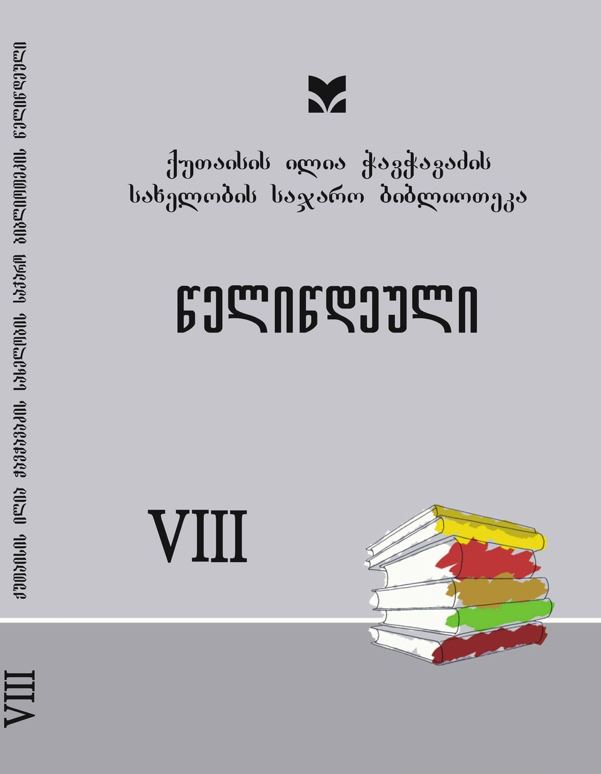Forming Past Continuous Form Of The Verbs With -av/-am Suffixes In Imerkheuli And Tao Dialects
Abstract
Forming past continuous form is connected with present tense formation: If the root of verb in present tense if formed with subject symbol, this subject symbol will be found in past continuous form as well. And vice versa, if the verb has no subject symbol, in past continuous we’ll have simple root formation (also in other sets of I series). Past continuous is formed by -d/-od suffixes. This is common rule for Georgian literary language and dialects.
Formation of verbs with -Av/-Am suffixes shows different situation both on diachronic (in old and modern literary language) and on synchronic (dialects) level as well.
Dialects of Imerkheuli and Tao are different in terms of formation past continuous form of the verbs with -Av/-Am suffixes; As a result of unification in all the person and number of the verb in Imerkheuli dialect formation of -Ev-D/-Em-D suffixes is established:
-Av >-Ev: vklevdit = vklavdit (We were killing); Vkhnevdit=vkhnavdit (we were cultivating)...
-Am >- Em: askhemdnen = askhamdnen (They were pouring); Udgemdit = udgamdit (We were placing).
In Tao dialect forms with -v-id/-m-id endings are used:
-av > - v: vtibvidit= vtibavdit (We were mowing); tesvides = tesavdnen (they were planting)...
-am > -m: vabmidit = vabamdit (tying); smida = svamda ( She/he was drinking); askhmida = askhamda (she/he was pouring).
Mentioned rule of Past continuous formation is used in both dialects according
to the system. In this respect Imerkheuli and Tao dialects reveal the characteristic
regularity of other dialects of Georgian Language.




